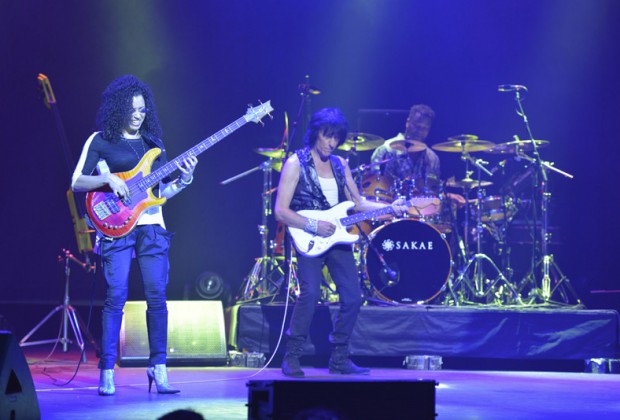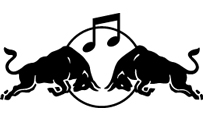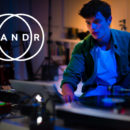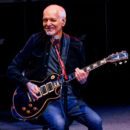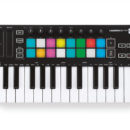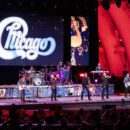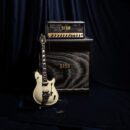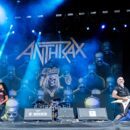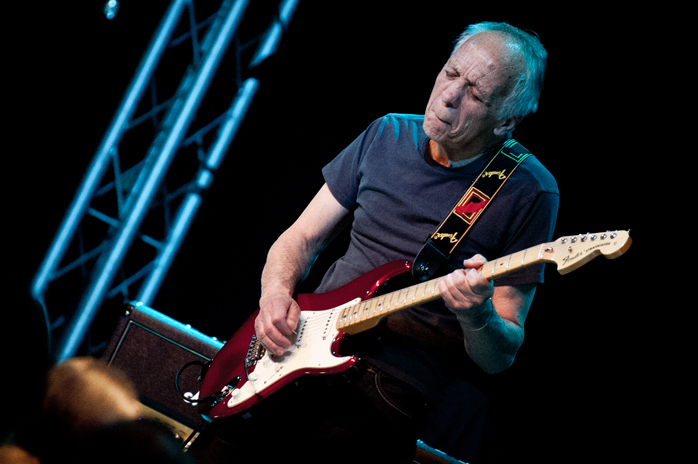
Robin Trower
Contact: Alan Robinson, arm@manhatonrecords.com
From classic tunes like Procol Harum’s “Whiskey Train” to the solo sensation “Bridge of Sighs,” Robin Trower is a living legend who has defined modern rock guitar for several generations of fans and players alike. Trower continues that thread of musical innovation on his latest album, Something’s About to Change, on V12 Records.
What have you done in recent years to become a better musician?
I try to pick the guitar up every day. And I’ve found it has brought great rewards in terms of writing more songs and exhausting my ability to play leads. It’s paid off, I think.
What are your impressions when you listen to things you’ve done from five, 10 or 20 years ago?
I actually try not to listen to things I’ve done in the past, because I could be doing better sorts of things now. There are some good things from the past and then some things I’m not very happy with. That’s the kind of occurrence that forces you to improve and move forward. I’m still as fired up about playing guitar as I ever was and looking forward to the next tour or in the studio.
What guitar, effects and strings are you using right now?
My signature Strat that I co-designed with Todd Krause at Fender. I use all Full Tone pedals and have been since the early ‘90s. On my new album Something’s About to Change the main basis of the sound that I get is from my signature model overdrive that Full Tone makes. And I still use Marshall amps as well. With strings, the two top ones are the only ones I would consider heavy. But I use really high action to get them ringing properly. The acoustic sound of the guitar is really important to me—to get a good, clear ringing sound from each string. I use Ernie Ball strings and tune down a whole step to D so I can really get some good vibrato.
What has been your worst onstage mishap?
I did some shows with Jack Bruce in Europe a few years ago and I was using a small amp. It caught fire during the set! I was just pushing it too hard. But I usually hook up two backup amps, at least, so there’s always one going if one goes down.
Conversely, can you recall a highlight that stands out playing live?
I’ve often been asked that question, as you can imagine, and I have to go back to the first time we played “Bridge of Sighs” live at Winterland in San Francisco around ’73 or ’74. I hadn’t finished writing the lyrics so Jimmy (Dewar) had to sing the same verse twice. It was the first time anyone had ever heard the song and the reaction to it was astonishing. We knew then that we had something really powerful.
Are there any specific requests that you ask of your roadies or techs regarding gear set-up?
The main thing is the string nut on the Strat, because it’s very hard to keep them in tune. But I’ve developed a way of doing it that works for me, although it’s not perfect. On my signature model Strats I do have the locking tuners. And I teach my roadies to string my guitars one string at a time and pull it until it stops stretching. It’s pretty important that that’s done correctly because I change my strings before every show
Does your practice regimen vary from when you’re on tour to working in the studio?
I don’t really practice so much as play for my own amusement. When I’m working on a new song I’m also working on how the lead works in it. I usually put those two things together in tandem, as it were. And one of the main requisites of a new song is if it’s something I want to play lead on. If it’s not working I usually don’t pursue it and just drop it. It has to have some sort of potency, either atmospherically or in its rhythmic charge.
In the past you’ve always worked with other singers, like James Dewar, Davey Pattison and Jack Bruce. But now you’re singing as well. What was beind the decision to make that leap?
A lot of the songs were becoming much more personal to me. It started to get more and more important to me how the vocals sit in the track. So I thought I should sing them.
You still sound very distinctive no matter who you’re playing with. What is the secret to blending in but also standing out?
I’m not sure I know the secret to that. There is a certain amount of creativity that is a gift you’re born with. And a huge part of what I do is coming from a number of influences that start with my love for black music—blues and soul. There’s Howlin’ Wolf, James Brown, Son House, Hendrix—what they created is definitely inside me. There’s no doubt about it. You’ve got to give credit where it’s due.

